#Architectural Photography
Text

Oscar-Niemeyer-Haus, Berlin Hansaviertel. Photo: Matthias Heiderich
#oscar niemeyer#berlin#photographers on tumblr#architecture#architectural photography#photography#interbau#hansaviertel
683 notes
·
View notes
Text

Southbeach, along Ocean Drive - Miami FL. The Park Central Hotel, restored art deco architecture.
#photographers on tumblr#original photography#b&w photography#b&w#architecture#architectural photography#art deco#miami#southbeach
138 notes
·
View notes
Text
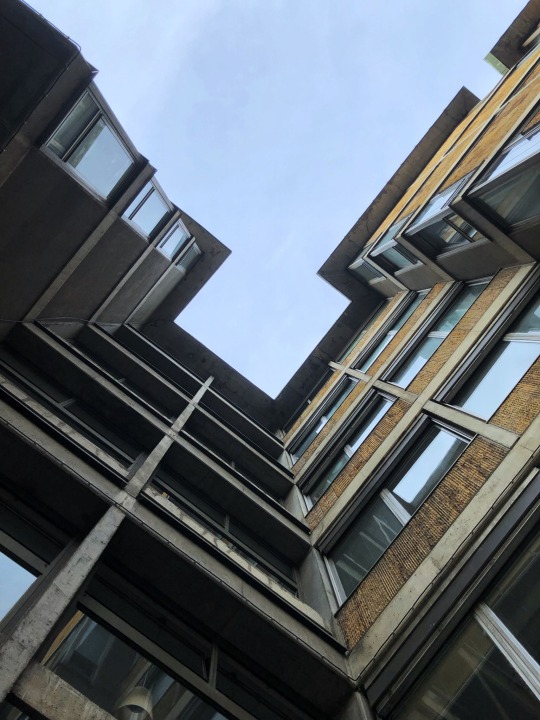
Belgrade, digital, 2021.
#this is either the filološki or filozofski faculty I always forget which is which#bc their names are so similar and they’re right next to each other lol#belgrade#beograd#serbia#balkan#photography#original photography#architectural photography#brutalist architecture#socialist modernism#urban photography#digital photography#moje
75 notes
·
View notes
Text

Farshid Moussavi Architecture
La Folie Divine, Montpellier, France, 2017
Photo: Michael Koller
#farshid moussavi#architecture#architectural design#architectural photography#organic architecture#design#contemporary architecture
265 notes
·
View notes
Text


On the left bank of the Sava River and opposite the old town lies Novi Beograd, New Belgrade, the Serbian capital’s fastest growing municipality. It is a planned city and today’s inhabitants and businesses benefit from its rather modern infrastructure, a distinctive advantage over the old town. Novi Beograd’s construction began in 1948 but especially during 1960s and 1970s the municipality grew and numerous housing blocks and public buildings were erected. Because of these Novi Beograd in recent years has become something of a brutalist icon that is roaming social media platforms but is simultaneously subject to great change due to permanent new construction.
But while most photographers focus on the undeniable appeal of the architecture, Norwegian Marius Svaleng Andresen takes a closer look at the intersection of architecture and everyday life and the architecture in relation to the individual. In his book „Life in the New“, published last years by Kerber Verlag, Andresen explores the actual life going on inside, outside and in between the architecture: in view of the little stories of life the monumental architecture recedes into the background and becomes the stage of day-to-day life. People peeking out from behind the curtain, old men playing cards, a woman cleaning her windows and children running around, all of them populate Andresen’s photographs and bring up the question of what it is actually like to live in Novi Beograd. Apparently the photographer, who is also a journalist, asked himself this question too and met with 12 individuals who tell their own story of living in New Belgrade: there is Mirjana, the widow of a former military airport commander, who has been living in Novi Beograd for more than 50 years and at first didn’t really like it. And there is also Filip, the dog loving graphic designer and rapper, who philosophizes about the stepped volumes of the blocks and how they symbolize his daily struggle to reach the top.
In tandem with his sensible photographs Andersen provides an unusual, more humane portrait of Novi Beograd that is both visually stunning and emotionally touching. A warmly recommended read!
#marius svaleng andresen#architecture#serbia#novi beograd#belgrade#architectural photography#photo book#kerber verlag#book
41 notes
·
View notes
Text

Tranquillement
#black and white photography#fine art#photography#black and white#architecture#fine art photography#monochrome#fine art photographer#pamela aminou#architectural photography#modern architecture#black & white#art#long exposure#minimal seascape#fine art seascape#seaside
262 notes
·
View notes
Text
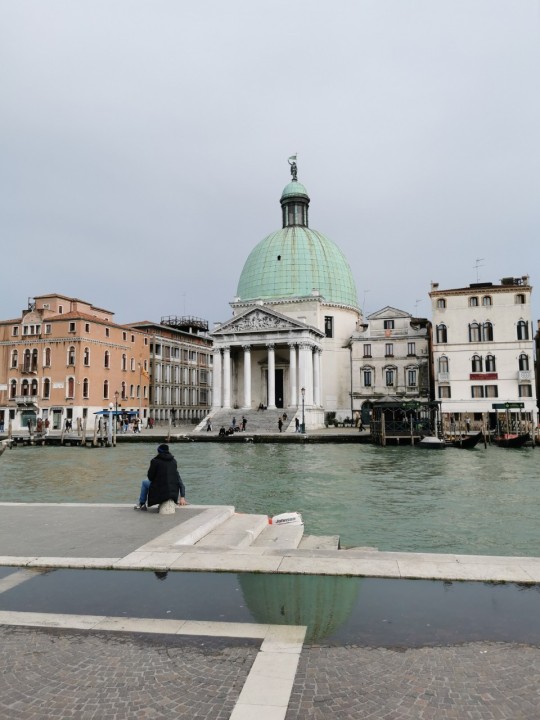
I am someone who thinks and feels much – more than is reasonable. And that is all.
// Virginia Woolf
#photography#ph#venice#venezia#italy#italia#travel photography#art#architectural photography#architecture#water#canal grande#april#virginia woolf#q#quote#lit#classic literature#words#spilled words
215 notes
·
View notes
Text
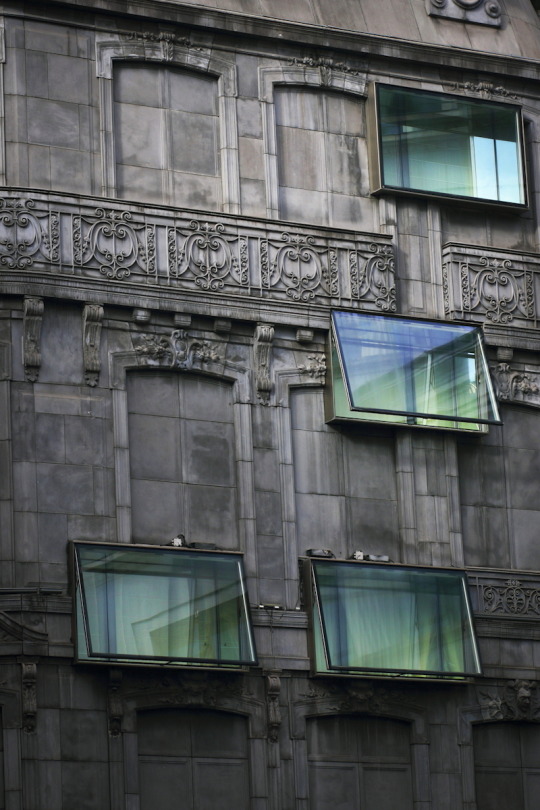
#photography#photographers on tumblr#original photographers#paris#paris city#architecture#archi#architectural#architectural details#75008#paris rive droite#fake haussman#architectural photography#lensblr#85mm
43 notes
·
View notes
Text
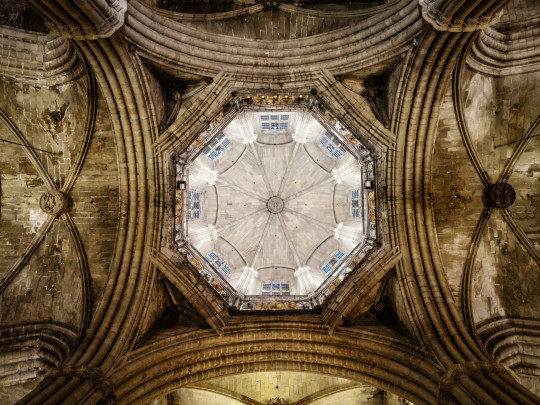




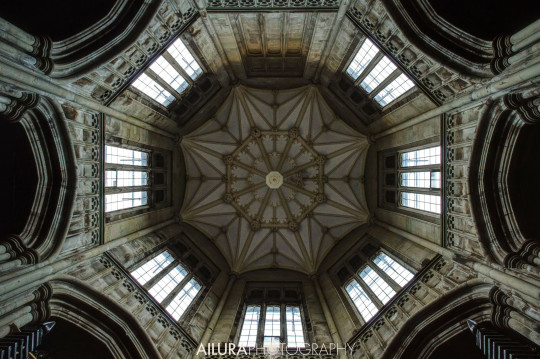
Gothic ceiling eye candy...
When shooting architecture, don't forget to look up!!
⛪ St Eulalia Cathedral and Sagrada Familia, Barcelona
⛪ St Mary's Basilica and St Joseph's Church, Kraków
⛪ York Minster
⛪ Margam Castle, Port Talbot
All my pics 📸
#gothic#gothic architecture#vaulted ceilings#cathedral#castle#medieval core#medieval aesthetic#medieval architecture#church#christianity#original photographers#photographers on tumblr#my photos#travel photography#photography#architectural photography#barcelona#krakow#york#york minster#wales#south wales#margam
61 notes
·
View notes
Photo
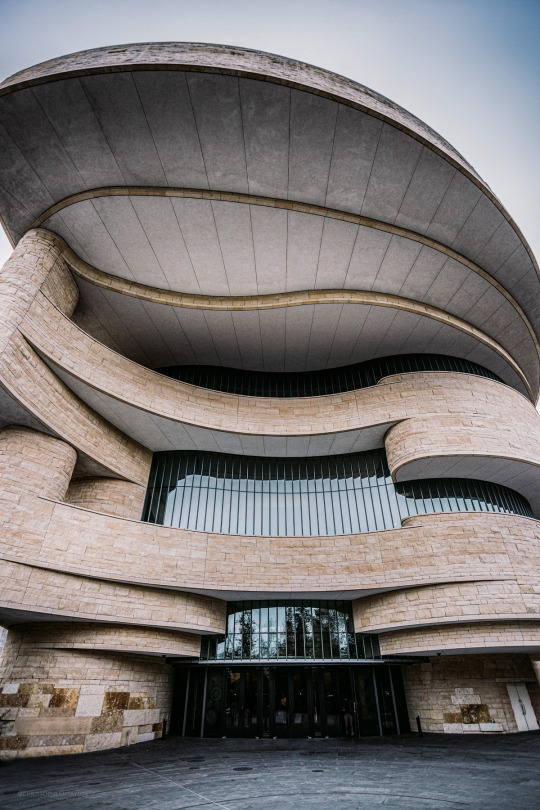
National Museum of the Indian American
#Nation Museum of the Indian American#washington#washington dc#us capitol#museum#Architecture#ArchDaily#Architectural Photography#photographers on tumblr#cmt photography#usa
166 notes
·
View notes
Text
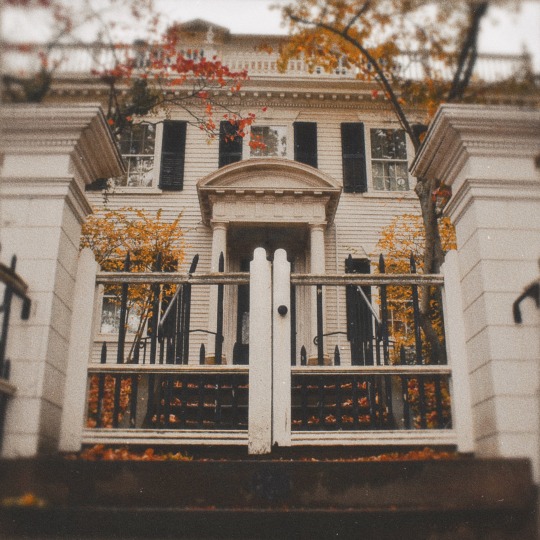
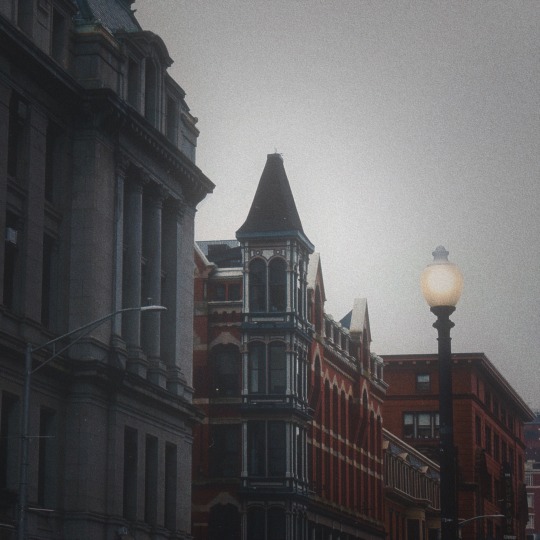


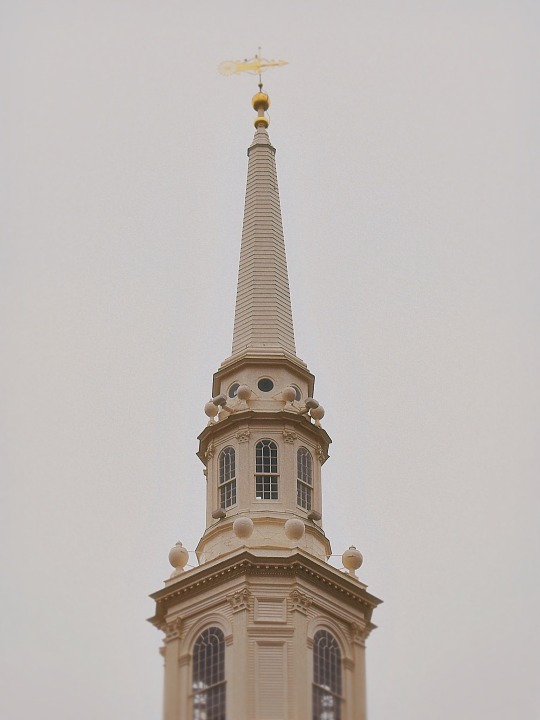
providence
#rhode island#providence#providence ri#risd#photography#architcture#architectural photography#GODDDD.#all of these were not favored by aicad#but that’s okay#learning and growing#active shooter
43 notes
·
View notes
Text

Staircase / Queen Margaret Union - University of Glasgow. Photo: Matthias Heiderich
797 notes
·
View notes
Photo

Paris, somewhere along the Rue de Rivoli
76 notes
·
View notes
Text


Belgrade, digital, 2021.
#photography#beograd#belgrade#serbia#balkan#original photography#architectural photography#digital photography#brutalist architecture#socialist modernism#architectural details#yugoslav architecture#jugoslovenska arhitektura#moje
51 notes
·
View notes
Photo

topographics
may 10
#halifax#landscape photography#brutalism#architectural photography#brutalist architecture#street photography
74 notes
·
View notes
Text
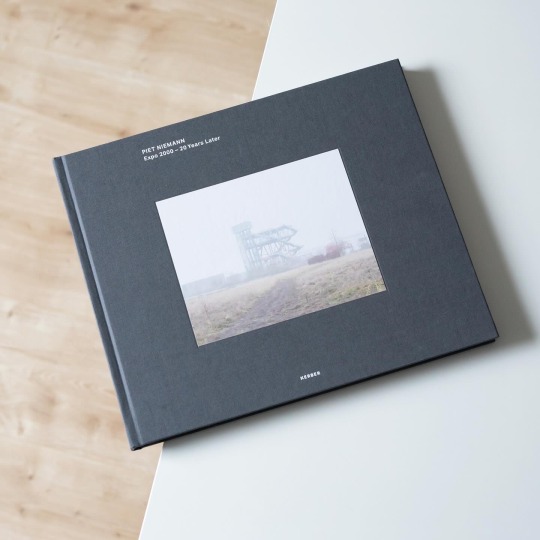

Under the motto „Man, nature, technology - A new world is emerging“ the Expo 2000 in Hannover, Germany, sought to kickstart the new millennium with a promising and sustainable outlook into the future: 155 countries exhibited on a total of 160 hectares, often in specifically designed pavilions. Between June 1 and October 31 some 18 million visitors came to see the Expo but once it was over the vast Expo area fell into a sleeping beauty slumber: although much of the infrastructure survived and many of the exhibition pavilions were demolished, demounted, re-used or translocated, landmark buildings like the Dutch pavilion by MVRDV rotted away as if to prove the Expo’s general secretary wrong: prior to the exhibition she stated that „There will be no ruins“, a noble yet unfulfilled wish.
This statement also concludes Piet Niemann’s book „Expo 2000 - 20 Years Later“, a photographic exploration of the former Expo area in Hannover published last year by Kerber Verlag. In 2020 Niemann, an architectural photographer who dedicates his free works to the long-term observation of places and the changes they undergo, set out to take stock of the current state of the area and its buildings: with great precision he documents how nature reclaimed certain areas, businesses repurposed the former exhibition architecture and also shows the previously mentioned Dutch pavilion as a derelict steel skeleton, swathed in fog and awaiting an uncertain future. But as architect Jacob van Rijs of MVRDV reveals in his essay the pavilion’s future isn’t uncertain anymore, instead it is slated for transformation into a permanent building, a circumstance that makes the photos all the more timely as they document the beauty of a ruin before its changed forever.
In general Niemann’s photos convey a sense of other-worldliness that leaves the readers wondering if the area has been frozen in time as a past idea of the future. A fantastic new look at an almost forgotten part of German history!
#piet niemann#kerber verlag#architectural photography#expo 2000#architecture#germany#architectural history#photo book#book
20 notes
·
View notes